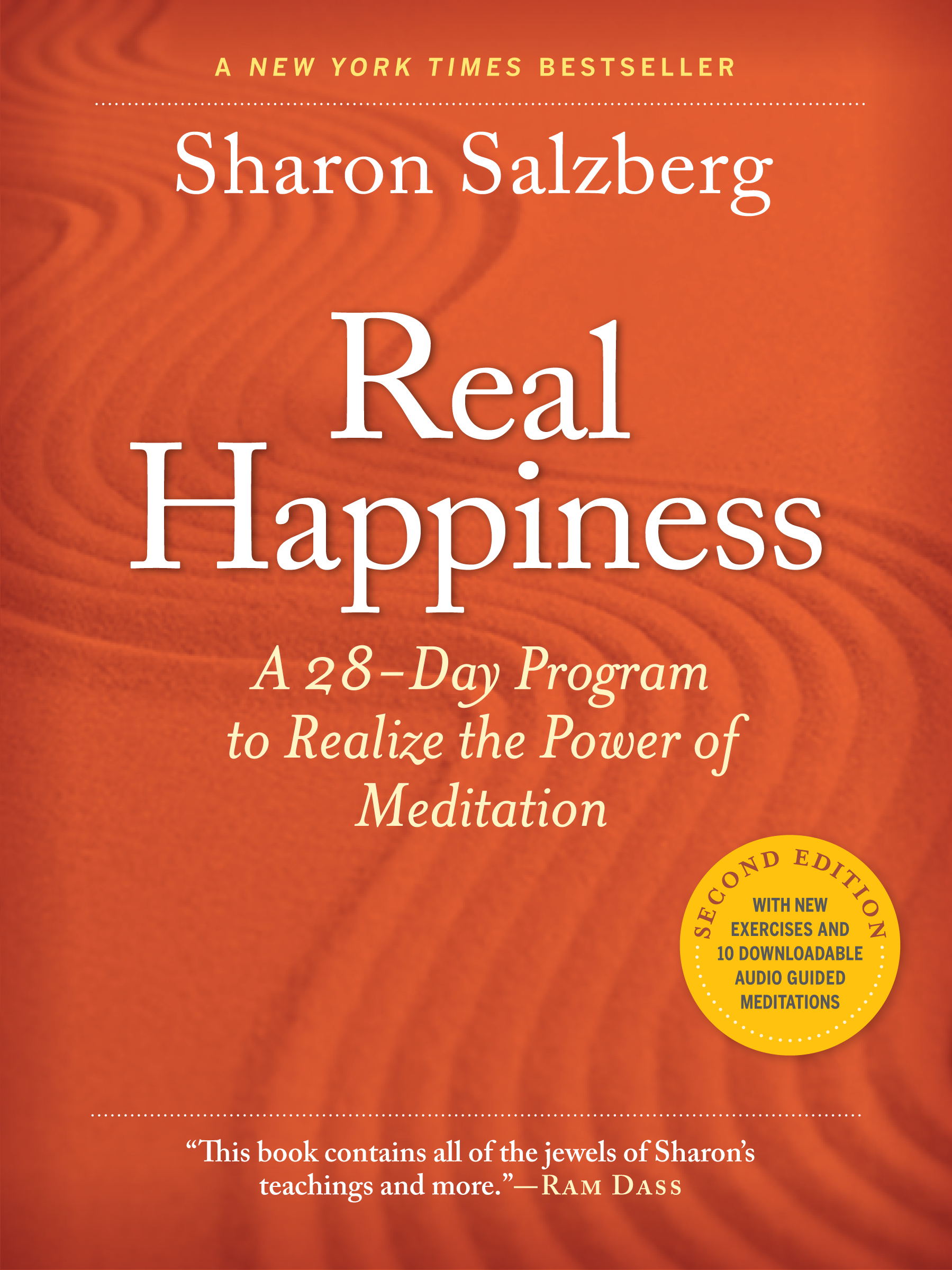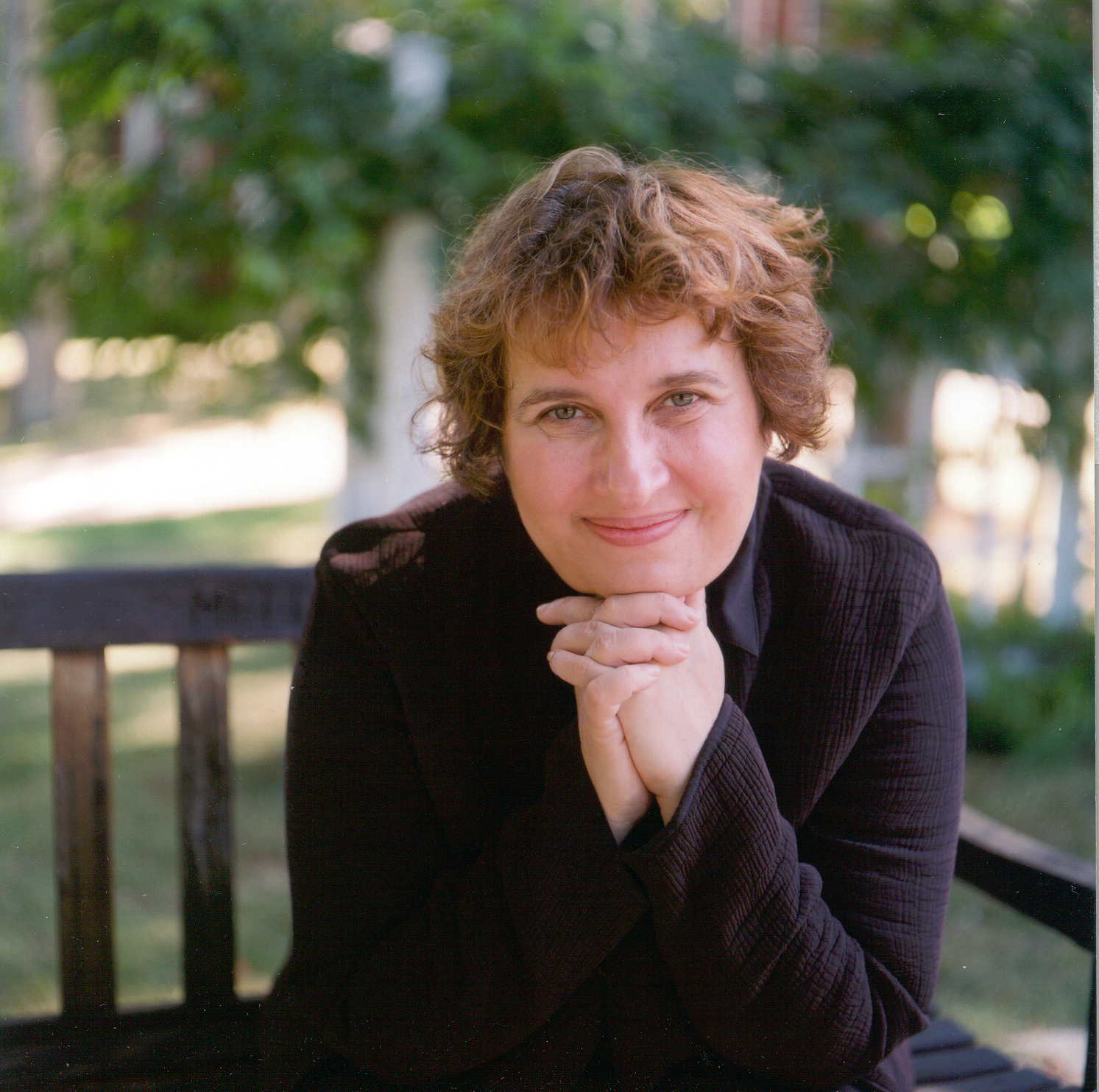We learn a lot in that middle, mindful place. We begin to discover that, like the Oakland schoolboy, we can always take a moment—to re-center ourselves in our bodies (with a quick body scan, like the one we learned last week, or by following a few breaths), to acknowledge what we’re feeling, spot our habitual reactions (whether it’s erupting when we’re frustrated or silently sulking when we feel we’ve been criticized), and perhaps decide on a different course of action.
When I first began my meditative practice I was only eighteen, and although I knew I was deeply unhappy, I wasn’t aware of the separate strands of grief, anger, and fear roiling inside me. All I felt was a single, seemingly solid bank of sadness. Then, through meditation, I began to look within more clearly, and to detect the various components of my sorrow. What I saw unsettled me so much that I marched up to my teacher, S. N. Goenka, and said accusingly, “I never used to be an angry person before I began meditating!” Of course I was hugely angry; my mother had died, I barely knew my father, I barely knew myself. Meditation had allowed me to unpack that distress. When I blamed him, Mr. Goenka simply laughed—then reminded me of the tools I now had to deal with the difficult feelings I used to keep hidden (more from myself than from others). I could begin to forge a different relationship with my emotions—to find the middle place between denying them and giving over to them—because I had acknowledged them.
I’d taken the first of four crucial steps in dealing with emotions mindfully: to recognize what I was feeling. You can’t figure out how to deal with an emotion until you acknowledge that you’re experiencing it.
The second step is acceptance. We tend to resist or deny certain feelings, particularly if they’re unpleasant. But in our meditation practice, we’re open to whatever emotion arises. If you’re experiencing anger, that’s what you use as a vehicle for mindfulness; if you’re experiencing boredom, use that. We don’t blame ourselves if a troubling emotion comes up. And we remind ourselves that emotions arise whether we bid them to or not; we don’t have the power to declare, “I’ve suffered enough. No more grief!” or “Those feelings of betrayal from the divorce? Totally over, never to return.”
The third step is to investigate the emotion. Instead of running away from it, we move closer, observing it with an unbiased interest. In order to do that we need to take a moment, not only to refrain from our usual reaction, but also to unhook from the object of the feeling. Our usual reaction when we’re caught up in a strong emotion is to fixate on its trigger or target, saying to ourselves: I’m so mad at so-and-so that I’m going to tell everyone what he did and destroy him rather than examining the emotion itself. When we’re neither pushing away from a negative situation nor wallowing in it, we can respond with a new form of intelligence rather than with the same old knee-jerk reaction. Often it’s not a matter of solving problems; sometimes a problem dissolves when you shift your relationship to it in a particular way.
Not long after we had opened our Insight Meditation Society retreat center, one of my teachers from India, a man named Anagarika Munindra, came to visit. At the time I was once again feeling waves of anger coming up during my meditation practice. When I told Munindra-Ji that this was distressing to me, he said, “Imagine that a spaceship lands on the front lawn, and some Martians get out and come up to you and ask, ‘What is anger?’ That’s how you should be with your anger. Not ‘it’s reprehensible!’ or ‘it’s terrifying,’ or ‘it’s justified’ but simply ‘What is this thing we call anger? What is this feeling?’”
As we observe our anger or study any strong emotion, noticing where we feel it in the body, we’re likely to find that it’s not one thing but a composite. Anger includes moments of sadness, moments of helplessness, moments of frustration, moments of fear. What seems so solid and unyielding, so inflexible and permanent, is actually moving and changing. (I’ve noted this before, but we can never be reminded enough.) When we notice this, we begin to feel that strong or painful emotion is more manageable than we imagined.
Acceptance leads to the fourth step—-not identifying with the emotion. The embarrassment or disappointment you’re feeling today isn’t your whole résumé, the final word on who you are and who you’re going to be. Instead of confusing a temporary state with your total self, you come to
see that your emotions arise, last a while, then disappear. You feel some fear, and then you don’t. You’re resentful, and then you aren’t.
The four steps in dealing with an emotion mindfully—recognition, acceptance, investigation, and nonidentification (some teachers of meditation like to use the acronym RAIN)—can also be applied to thoughts. We tend to identify with our thoughts in a way we don’t identify with our bodies. When we’re feeling blue and thinking lots of sorrowful thoughts, we say to ourselves, I am a sad person. But if we bang our funny bone, we don’t usually say to ourselves, I am a sore elbow. Most of the time, we think we are our thoughts. We forget, or have never noticed, that there’s an aspect of our mind that’s watching these thoughts arise and pass away. The point of mindfulness is to get in touch with that witnessing capacity. Sometimes I ask students to imagine each thought as a visitor knocking at the door of their house. The thoughts don’t live there; you can greet them, acknowledge them, and watch them go.
Mindfulness practice isn’t meant to eliminate thinking but rather to help us know what we’re thinking when we’re thinking it, just as we want to know what we’re feeling when we’re feeling it.
Mindfulness allows us to watch our thoughts, see how one thought leads to the next, decide if we’re heading down an unhealthy path, and, if so, let go and change directions. It allows us to see that who we are is much more than a fearful or envious or angry thought. We can rest in the awareness of the thought, in the compassion we extend to ourselves if the thought makes us uncomfortable, and in the balance and good sense we summon as we decide whether and how to act on the thought.

Excerpted from Real Happiness, 10th Anniversary Edition: A 28-Day Program to Realize the Power of Meditation by Sharon Salzberg (Workman). © 2019.
Follow us here and subscribe here for all the latest news on how you can keep Thriving.
Stay up to date or catch-up on all our podcasts with Arianna Huffington here.


